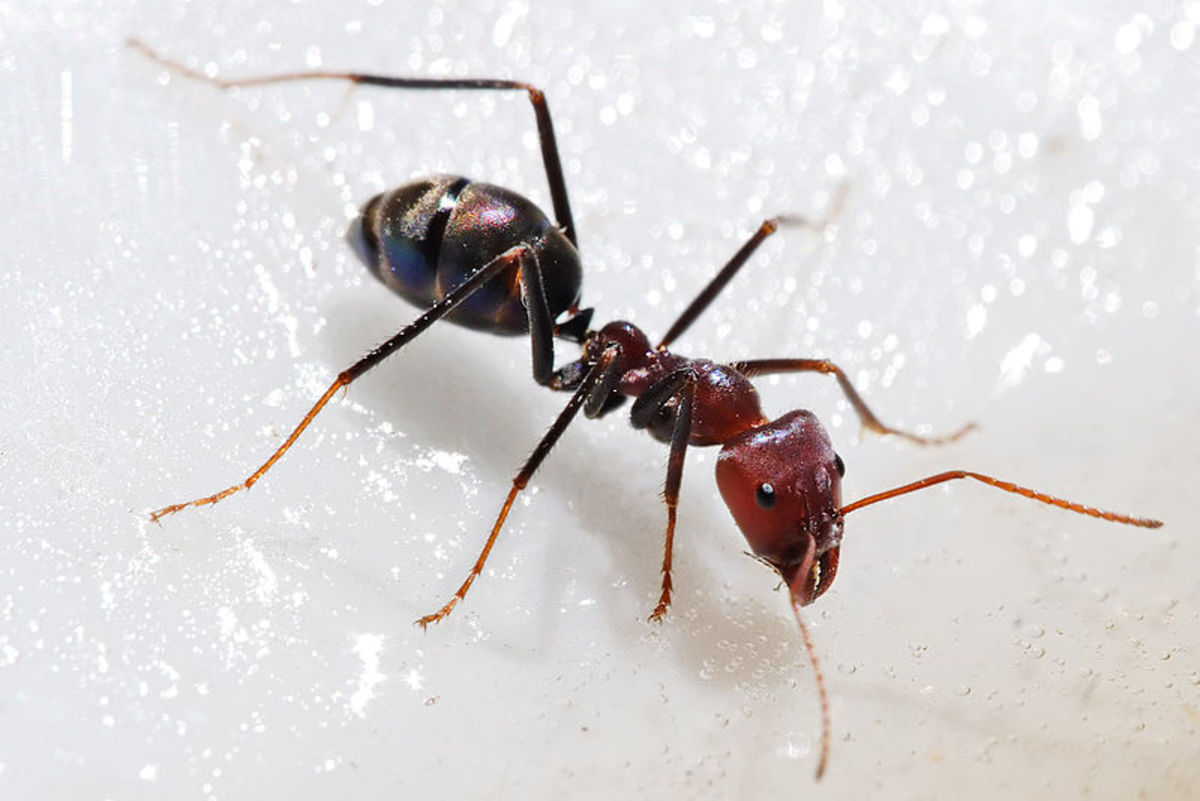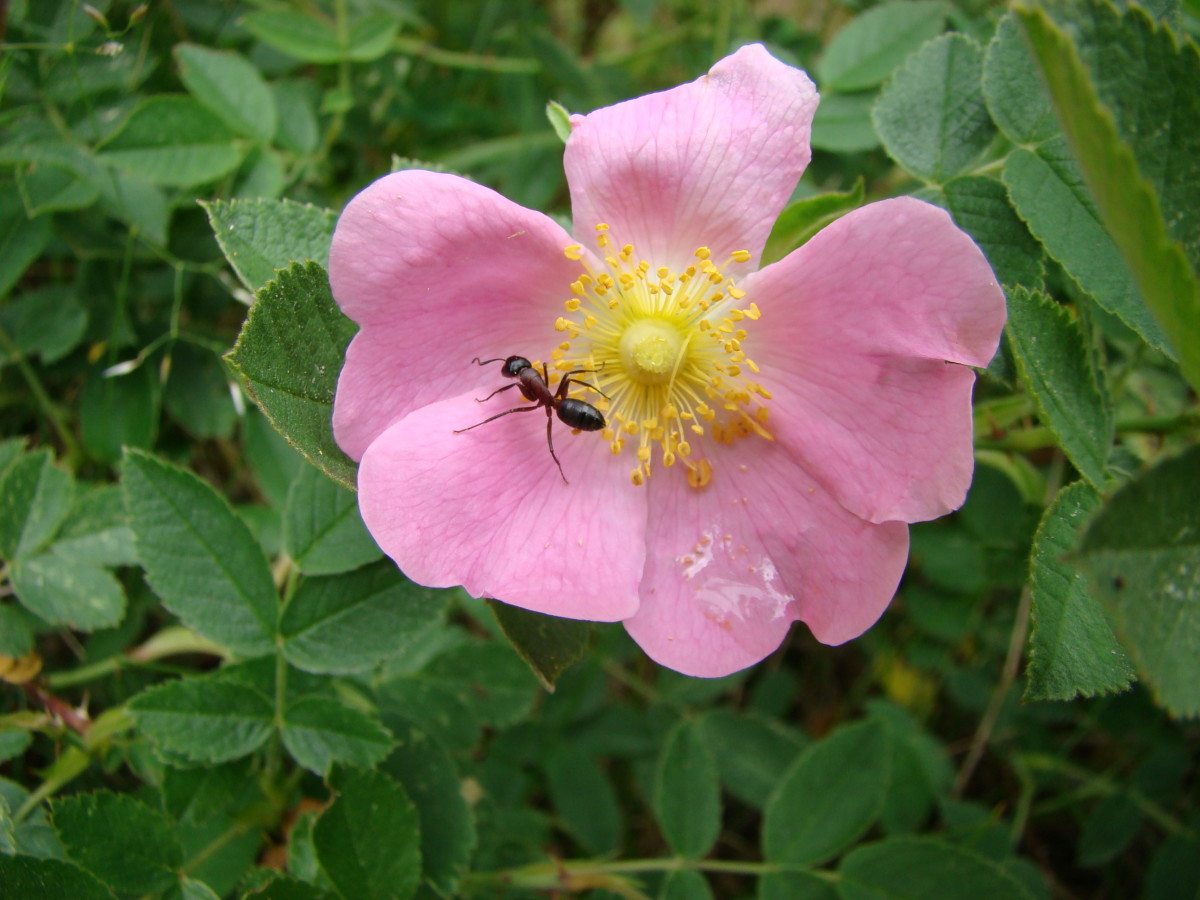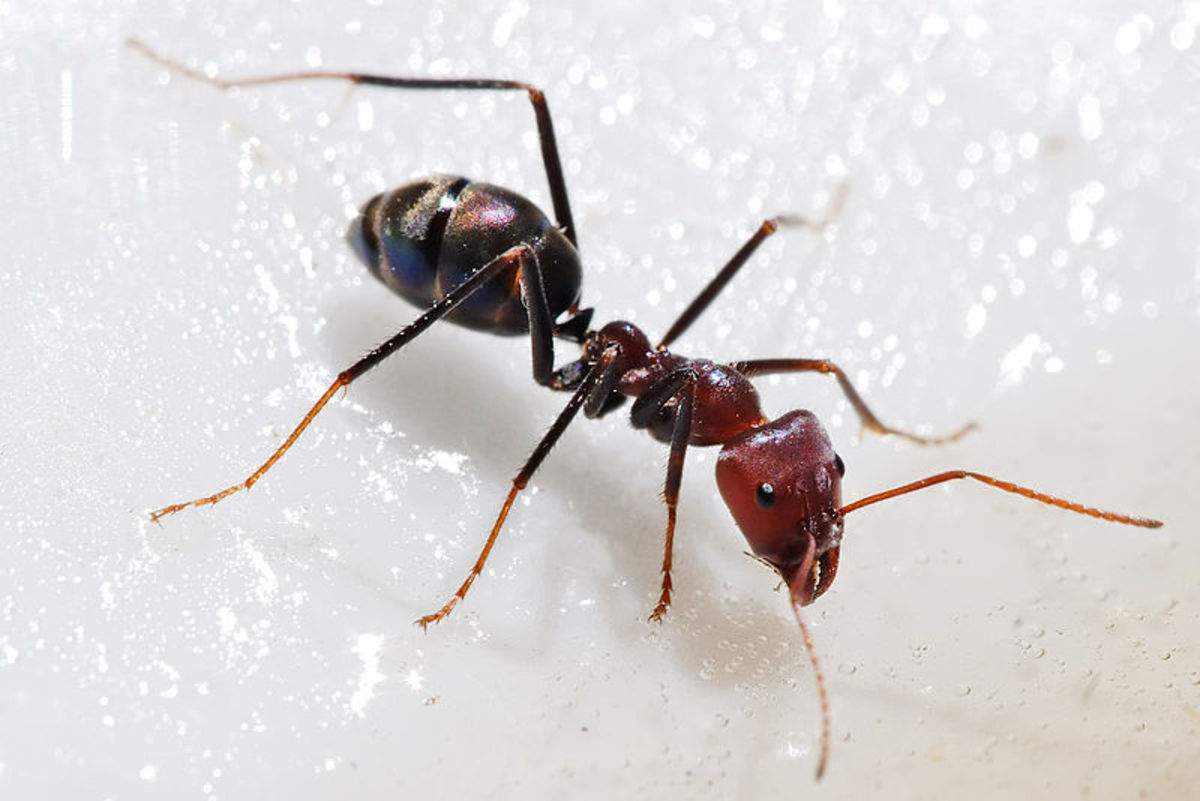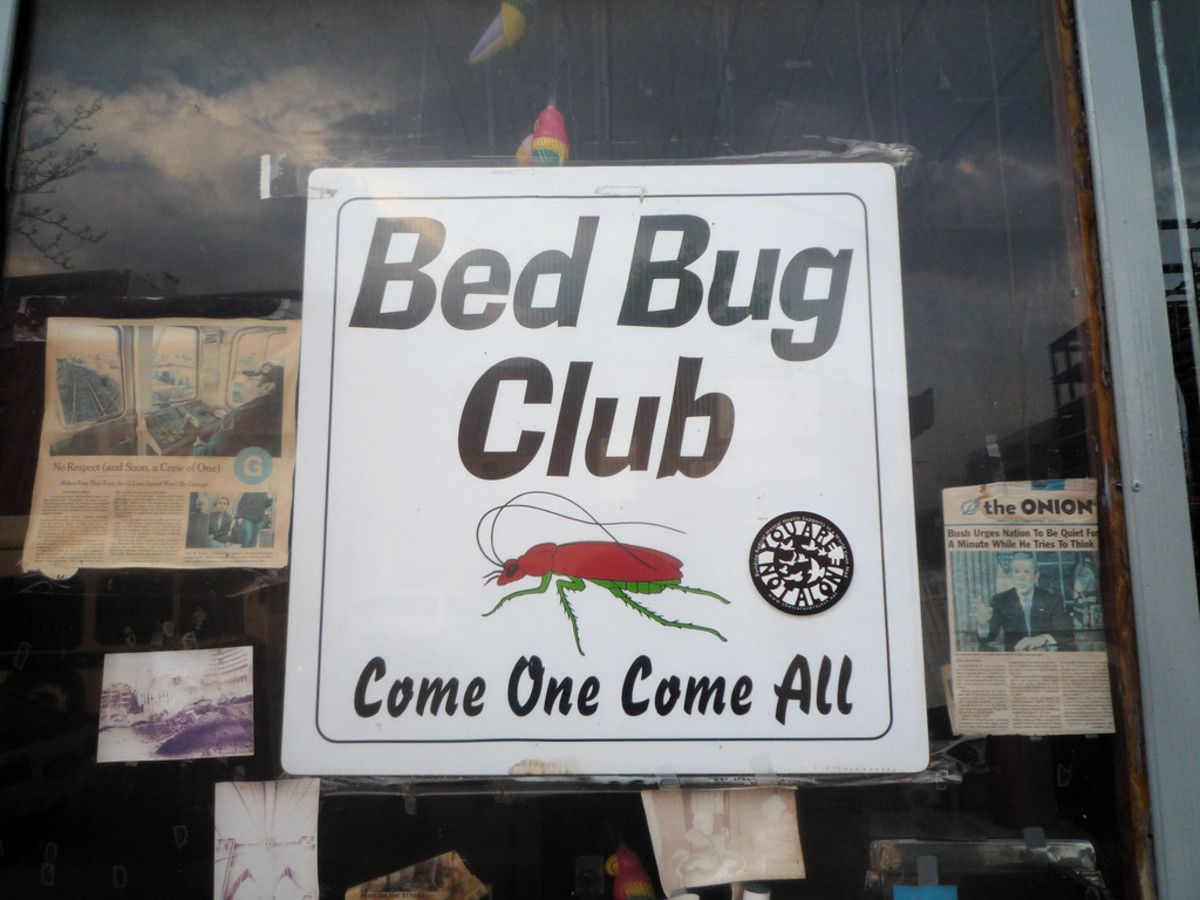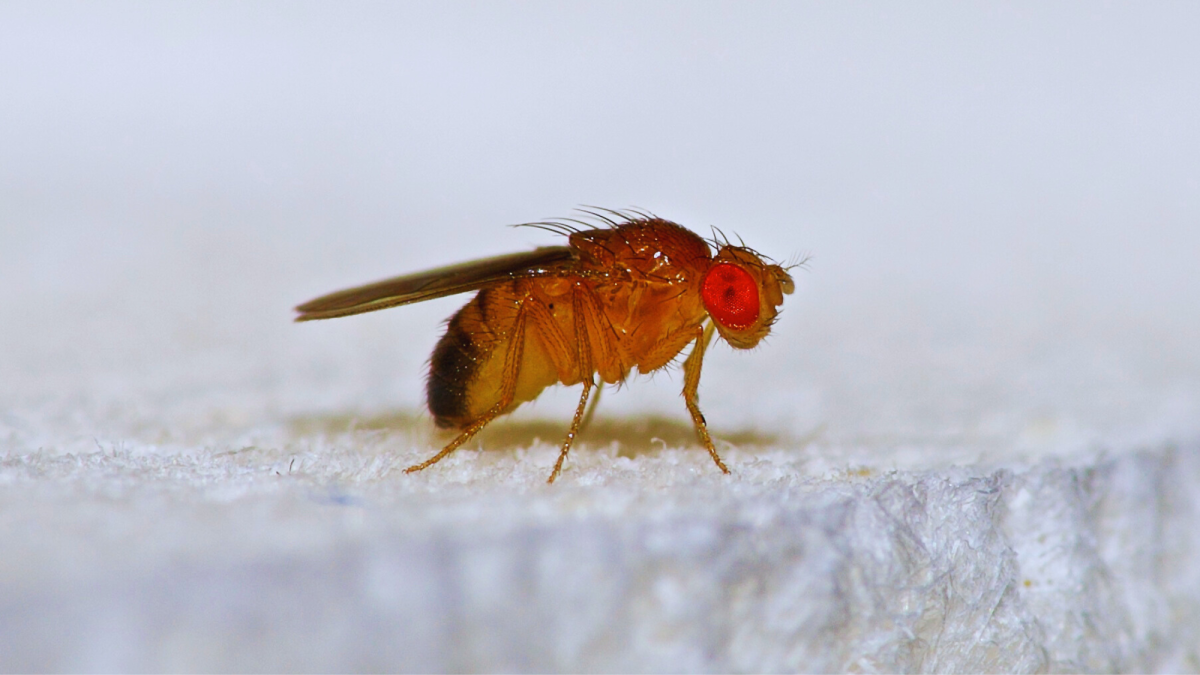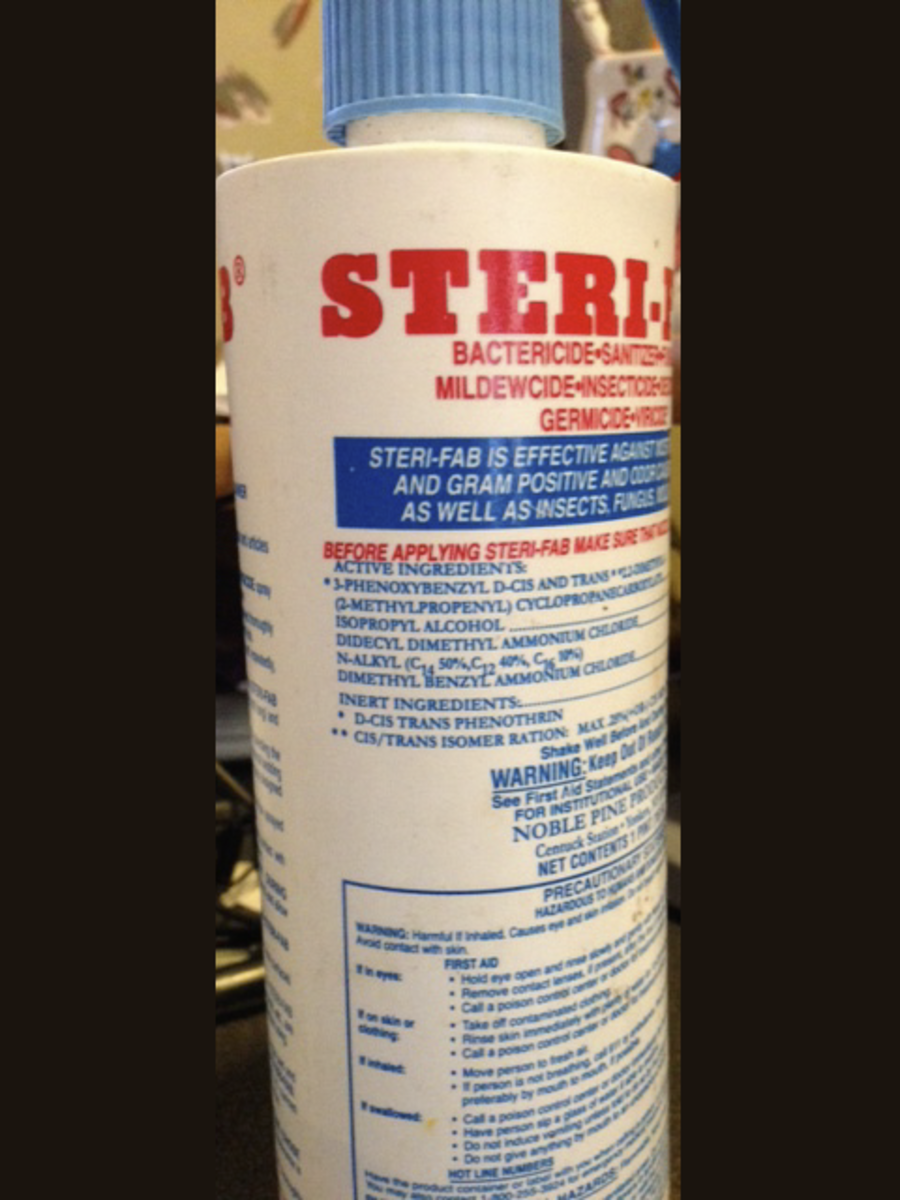How to Get Rid of Ants in the Kitchen
How to Get Rid of Ants in the Kitchen
Ants are fascinating and truly amazing insects, and are well worth a look in nature or in a zoo. They are less welcome in the kitchen, plundering your food supply and causing havoc. This article will show you how to get rid of ants in the kitchen, and it will do so in an ecologically-friendly way. After all, ants are great at cleaning the environment, and we could use all the help we can get with that.
First of all, it is important to note that ants don't usually build their nests in human buildings. They're usually quite far off, outside somewhere, and travel all that way just to raid your food. If you do suspect a nest in your kitchen, or somewhere in your home, your absolute best course of action is to call in professionals to either remove or destroy it.
Another important point is that, since we're dealing with the kitchen, we don't want to use any substances that could be toxic, as they'll probably just end up in your food.
Because ants mostly associated with military metaphors, we'll enter into the spirit of the thing and structure a campaign around their removal.
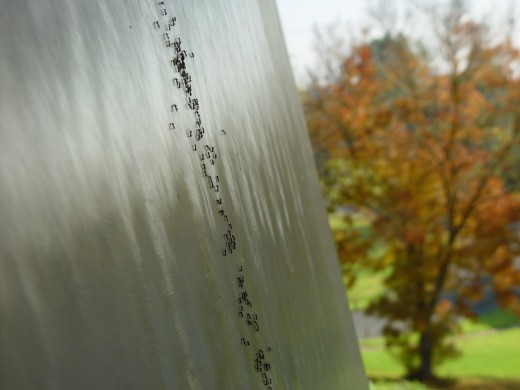
Observation Phase
Contrary to popular belief, the first step when discovering ants in the kitchen is not to crush them with the might of a human Godzilla. This will only cause them to scatter, and you'll have to wait a while before you can start hunting them again.
The first step, in this case as in any battle, is observation. You need to find the place the ants are coming in from, to see where your weak spot is. Most probably, one of your windows or doors isn't insulated properly, and the ants have found a crack they can get through. This is vital, as you'll want to stop the ants from coming in again.
Ideally, you can also follow this trail outside, and find the nest. If this is the case, the next steps are much easier.
Diversion Phase
Once you've identified this entrance, your next step is to divert the ants to a (they'll think) more profitable food source. The best way to do this is to place an index card with a few blobs of honey or sugar water near the entrance they're using. If you have access to the outside of their way in, so much the better.
By placing this near their trail, you'll be diverting them away from your kitchen to a more readily available food source. This should stop them from entering your kitchen. If need be, keep replenishing the honey or sugar water until they don't go further than that.
Action Phase
Once the ants have latched on to this food source, you'll need to do two things in quick succession. The order isn't important here, but it should happen relatively quickly.
You'll need to clean the area where they had their trails, ideally with a citrus- or vinegar(or alcohol)-based cleaner. This will remove their scents, and will repel them, as they don't like either scent.
You'll also need to seal the place they entered from. The best way to do this is probably with some kind of fast-setting silicon-based sealant. If you're unable to access the outside of their entrance, this will have the unfortunate side-effect of trapping a few ants inside.
Final Phase
The ants will not desist, since the trail inside your kitchen is only a part of the trail (admittedly, the part that was interesting to you). Be aware that they'll try to find another way in. There are two steps to dealing with this. The first is to make sure that your kitchen or house is sealed well. The second is to follow the trail back, and to disrupt it somewhere along the way - ideally by scattering some lemon or orange peels in the way, or by diverting their trail to a more promising food source.
Once you've done this, you can rest happy knowing that your peaceful coexistance is assured.


